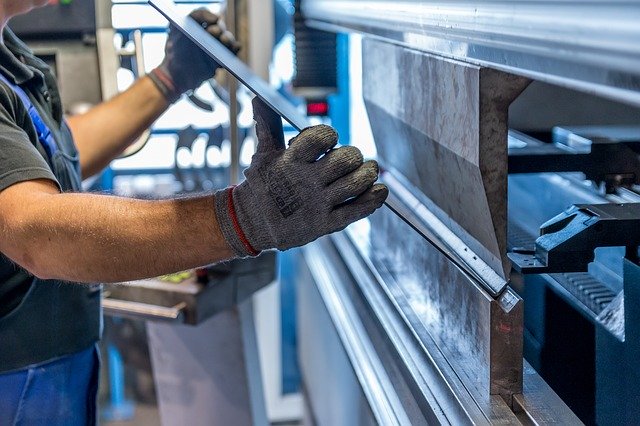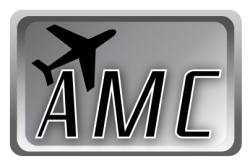Titanium 6AL-4V Plate Supplier
Titanium 6AL-4V Plate Availability:
- 6AL - 4V: AMS 4911
- 6AL - 4V: AMS 4904
- 6AL - 4V: MIL-T-9046
- 6AL - 4V: DMS1592

Titanium 6AL-4V Sheet Supplier
Similar to a Titanium 6AL-4V plate, Titanium 6AL-4V sheet comes in a multitude of grades and thicknesses depending on the application and specifications. Due to the nature of this alloy and its inherent strength, it is more ideal to cut a sheet the same way a plate would be cut for application in many projects. Ti 6-4 Sheets, however, may be useful for bending and shaping in a way to create a skin on an aircraft or submarine, for example, as this form of the alloy - the form of a titanium sheet - is more likely to be the most flexible and ductile out of the other products out on the market today.
Titanium 6AL-4V Sheet Availability:
- 6AL - 4V: AMS 4911
- 6AL - 4V: AMS 4904
- 6AL - 4V: MIL-T-9046
- 6AL - 4V: DMS1592
Titanium 6AL-4V Bar Supplier
Titanium 6AL-4V bars are useful for many reasons, regulated in size for easy transport, storage, and machining. Titanium 6AL-4V Bars are formed by hot forging followed by a sequence of hot rolling, polishing the material, machining, extrusion, casting, welding, and even spinning the materials for aerospace, automotive, agricultural, dental and medical, and food processing use, amongst more. Titanium bars deliver quality bulk material for further refinement per need.
Titanium 6AL-4V Bars Availability:
- 6AL - 4V: AMS 4928
- 6AL - 4V: AMS 6931
- 6AL - 4V: AMS 4965
- 6AL - 4V: MIL-T- 9047
- 6AL - 4V: BMS 7-269
- DMS 1583
- ASTM B-348
Titanium Ti-6AL-4V Supplier
Ti-6AL-4V is a kind of titanium alloy sometimes referred to as Ti64 or TC4. Its UNS designation is R56400. Ti-6AL-4V is considered an alpha-beta titanium alloy with high resistance to corrosion and a high strength-to-weight ratio. It is widely available as it is one of the most commonly used forms of this alloy where corrosion resistance is a necessity and where low densities lend to superb engineered results in final products. That combination is exactly why Ti-6AL-4V is a favored material in the aerospace industry. It also performs well for biomechanical applications such as in the development of prostheses and implants.
The history of titanium alloys generally starts in the 1950s. In particular, the Watertown Arsenal during this time began to research the use of titanium alloys in armors. The Watertown Arsenal would then later become part of the Army Research Laboratory. The 6AL-4V alloy that was generated was later classified as Grade 5. By the end of 1947, there had only been about two tons of titanium produced annually. With some government incentives and drive for more aerospace development, that number reached more than two million pounds annually in 1953. It was perfect timing, at the dawn of the space age, and soon mass-production became the norm for not just this particular line of titanium alloy or even metal for that matter. Eventually, different specifications were generated for the industries that use this alloy product . Those specifications are codified often under AMS 4904, AMS 4911, AMS 4928, AMS 4965, MIL-T-9046, MIL-T 9047, BMS 7-269, DMS1570, and DMS 1583.
Chemistry of Titanium 6AL-4V
The chemistry of Titanium 6-4 consists of Vanadium (V), Aluminum (Al), Iron (Fe), Oxygen (O), Carbon (C), Nitrogen (N), Hydrogen (H), Yttrium (Y), and Titanium (Ti). The percentage of these compounds by weight have a minimum to maximum range as follows: V (3.5% to 4.5%), Al (5.5% to 6.75%), Fe (up to 0.3%), O (up to 0.2%), C (up to 0.08%), N (up to 0.05%), H (up to 0.015%), Y (up to 0.005%), and Ti (up to the balance of 100%). The alloy also typically is in an alpha form, meaning it contains an hcp crystal structure (the close packing of equal spheres) with a space group of P63/mmc, or a beta form, meaning t contains a bcc crystal structure (body-centered cubic) with a space group of Im to 3m. The condition of heat treatment on these allies will influence their mechanical properties, as will the other properties of the material, t is possible to assess the typical behavior of the titanium alloy. It is worth noting the importance of different materials on different phases, too, as the alpha phase is stabilized by aluminum whereas the beta phase finds its stabilization with vanadium.

